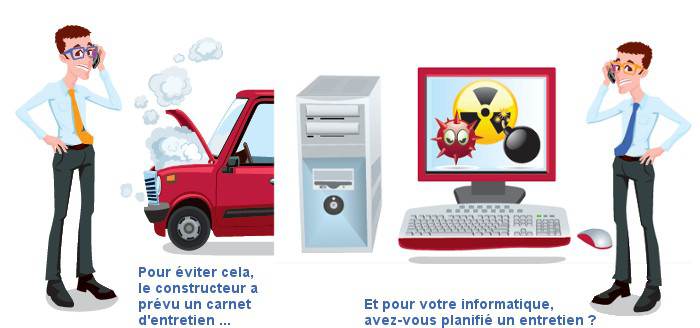Illustration: Bernd Schifferdecker
Big ideas often start small, but Masahiro Mori’s concept of the “uncanny valley” had a particularly low-profile debut. In 1970, Mori, then a 43-year-old robotics researcher at the Tokyo Institute of Technology, published his now famous work not in a science journal but in an obscure Japanese periodical called Energy, owned by the oil company Esso. “It was an advertorial magazine,” he says. In that article, Mori envisioned a time when robots would become so sophisticated that they would look almost exactly like humans. But that “almost” was a problem. Whatever else those future bots might prove to be, he said, one thing was certain: They would strike us as monstrous. Mori created a chart describing how our degree of identification and empathy with inanimate objects increases as their appearance approaches our own—we relate more to stuffed animals, for instance, than to industrial robots. But at a certain level of near-humanness, our affinity falls off a cliff. Mori dubbed this the uncanny valley. Today, that insight is a pressing concern for designers of virtual humans—not just in robotics but also in CG animation for film and videogames. We talked to Mori, now 84, about the origins of his idea.
Wired: How widespread was the field of robotics research when you started out in the 1960s?
Masahiro Mori: At the time, there was no robotics research in Japan. Even at my university, people would say, “Why don’t you do something more important? Stop studying toys.” But I’m very strange. I don’t like doing the same thing that other people are doing.
Wired: The idea of robots that looked and moved like humans must have seemed far-fetched at the time.
Mori: Anime like Astro Boy existed, but we were focused on making robots that would be useful in factories. They had to perform dextrous tasks, so they were essentially like hands. The first robot I made had three fingers. It could twirl a pencil around and around. I knew that eventually robots wouldn’t just be hands on the wall—that would limit their movements. There would have to be legs so they would be able to move around.
Wired: And from thinking about robots getting more humanlike in form, how did you make the leap to humanoid robots being uncanny?
Mori: You know those wax dolls at exhibition halls? Like Columbus discovering America? I never really liked those. When I started working with robots, I remembered those dolls, and I thought, wouldn’t it be creepy if there was a human who didn’t blink? If their eyes just stared and stared at you …
Wired: How was your paper received?
Mori: When it came out in 1970, there was no response whatsoever. The idea of the uncanny valley was just a testament to the fact that I’m a strange person dabbling in strange things. It’s only in the last seven or eight years that it has become a global phenomenon. Designers, psychologists, anthropologists, and philosophers are all discussing something I said 40 years ago. I’m happy about that.
Wired: Do you think it’s possible to bridge the uncanny valley?
Mori: Yes, but why try? I think it’s better to design things like Honda’s Asimo, which stops right before it gets to be uncanny.
Authors:

















